- Pleasant and refined behind the wheel
- Excellent seven-year warranty
- A great size for urban driving
- Starting to show its age
- Expensive and not that well equipped
- Niro PHEV and hybrid are much cheaper
In 2021, aside from all the uncertainty, one thing that has struck us is how manufacturers have gone beyond their usual product supples to provide new and exciting products for Australian consumers. Be it changing tastes, be it supply problems forcing car makers to look further afield to source products3, Australians have a wider choice than ever before in buying a new car. One such model is the 2021 Kia e-Niro Sport.
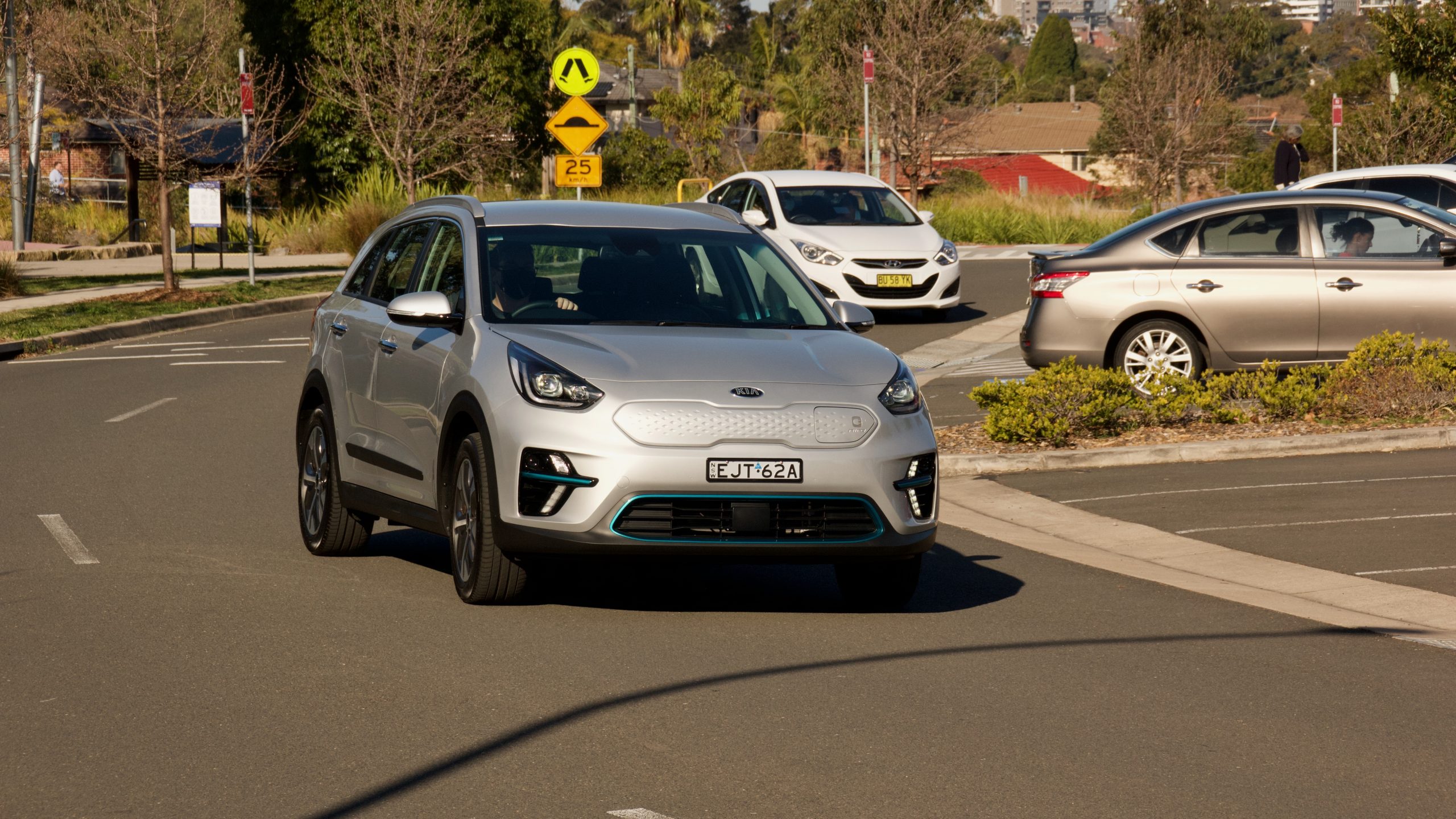
Previously shunned from Australia upon its reveal in 2016 thanks to its North American and European focus, the Niro (including all three of its drivetrains) is now on sale in Australia thanks to our expanding taste in cars powered by alternative fuels. What’s it like? Let’s find out.
Price & Equipment: 6/10
Priced from $70,990 plus on-road costs, the 2021 Kia e-Niro Sport is not cheap – even by electric car standards. Equipment includes LED lighting with LED daytime running lights, auto lights and wipers, single-zone climate control, a leather-wrapped steering wheel, artificial leather upholstery with a 10-way electrically adjustable driver’s seat, a 10.25-inch touchscreen with wired Apple CarPlay and Android Auto, digital radio, inbuilt satellite navigation, keyless entry and start, heated and auto-folding mirrors, 17-inch alloy wheels, an auto-dimming rear mirror, drive mode selection, rear privacy glass, front and rear fog lights, chrome door handles, an eight-speaker JBL sound system and adjustable battery regenerative braking.
Safety kit includes seven airbags, auto emergency braking (AEB) with pedestrian and cyclist detection, lane keep assist with lane departure warning and lane trace assist, adaptive cruise control with stop and go functionality, blind-spot monitoring with rear cross-traffic alert, rear parking sensors, a reversing camera, auto high beam and traffic sign recognition.
There are no options available on the e-Niro, just premium paint – the colour options include ‘Yacht Blue’, ‘Runway Red’, ‘Interstellar Grey’, ‘Snow White Pearl’, ‘Aurora Black’ and our test car’s ‘Steel Grey’ for an extra $520. The only no-cost colour option is ‘Clear White’ and the only interior option is black.
What does the e-Niro Sport lack in features? Markets such as New Zealand get heated and ventilated front seats, a heated steering wheel, wireless phone charging and heated rear seats and – perhaps showing its age – features such as a heads-up display, rear seat charging outlets, dual-zone climate control, a fully-digital instrument cluster, auto high beam/Matrix headlights and auto rear braking are unavailable anywhere in the world.
There are a number of electric vehicles that play around the same price as the e-Niro Sport – the $65,490 drive away Hyundai Kona Electric Extended Range Highlander, the $70,990 drive away Mazda MX-30 E35 Astina, the $64,990 Nissan Leaf e+, the $59,900 plus on-road costs Tesla Model 3 and the $59,900 +ORC Polestar 2 that will be arriving in Australia soon.
Performance & Range: 8/10
Under the body of the 2021 Kia e-Niro Sport is a 64kWh lithium ion battery pack that can be charged from 0 to 80 per cent in as little as 54 minutes using a 100kW DC fast charger. The battery feeds a 150kW/395Nm electric motor that sends its power to the front wheels and despite a porky 1,791kg tare mass, Kia claims that it hits 100km/h in just 7.5 seconds.
If its 64kWh battery and outputs seem familiar, that’s because the e-Niro shares its drivetrain with the Kona Extended Range, though its 455km range is 9km less than the Hyundai. Like the Hyundai, the Kia’s regenerative braking can be changed to recoup more or less energy and also like the Hyundai, its brakes feel somewhat natural.
The Nissan Leaf e+ also has a 64kWh battery, but its motor produces 160kW of power and 340Nm of torque which is 10kW more than the e-Niro Sport but 55Nm less torque. The Mazda MX-30 has a lesser 35.5kWh battery and it only produces 107kW of power and 271Nm of torque. Both the Leaf and MX-30 offer less range than the Kia – especially the Mazda, which can’t even travel 200km on a charge.
Ride & Handling: 7/10
Behind the wheel of the 2021 Kia e-Niro Sport is a genuinely pleasant experience. It’s quiet, drives well and feels just like driving a normal car. It uses the same underpinnings as the Kona Electric, and like that car, it drives well. However, unlike that car, it’s not tuned for Australian roads and its ride and handling set up is a touch firmer as it’s fitted with the same set up as the European-spec Niro models.
As a result, the e-Niro doesn’t offer the same all-round driving ability that the Kona does – its ride is a touch firmer, it doesn’t feel as nimble and can feel a bit heavy behind the wheel as well. Like the Kona Electric, the e-Niro can be a touch loud for road noise, but its driving experience is entirely pleasant otherwise. The visibility is good, while the steering is a touch light.
Interior & Practicality: 8/10
Behind the wheel of the 2021 Kia e-Niro Sport doesn’t feel as modern as the Kona Electric, but it is roomier and offers better quality as well. The car’s 2016 vintage does it no favours with the dashboard design, but unlike the Kona’s hard plastics everywhere, the e-Niro’s dashboard and door tops are covered in a nice soft-touch material and the car’s Euro focus is clear – especially with how the indicators and wiper stalks are on the opposite side to every other new Kia product locally.
The e-Niro uses the same 10.25-inch touchscreen as the Kona and it’s a great unit – it’s fully featured with wired Apple CarPlay and Android Auto, satellite navigation and digital radio – while the screen quality is excellent and it’s very easy to use. The e-Niro’s dials are interesting to look at as well, with a real electric car focus.
The e-Niro’s cabin is quite practical with plenty of storage space for life’s little trinkets. The door bins are reasonable, as is the glovebox, while the huge open storage around the centre console is impressive and is actually unique to the electric version of the Niro – the hybrid and plug-in hybrids use a different layout with less storage thanks to their mechanical gear lever.
Thanks to its extra length on the Kona, the e-Niro’s back seat is reasonable spacious with good space for even six-footers. The back seat offers a centre arm rest with cup holders and even air vents, which is something the Kona does not feature. The boot measures 405-litres with the seats erect – a full 73L more than the Kona – and 1,405L with the them folded – though unlike the Kona, there’s no flat floor with the seats folded. There’s no spare wheel in the e-Niro.
Serice & Warranty: 8/10
Like all other new Kia products in Australia, the e-Niro Sport comes with an industry-leading seven-year/unlimited km warranty and seven years/150,000km of warranty for the battery pack. The car warranty is two years longer than Hyundai, Mazda and Nissan – though only the latter two include roadside assistance for the duration of the warranty – while their battery warranties are both covered for eight years, like the Kona.
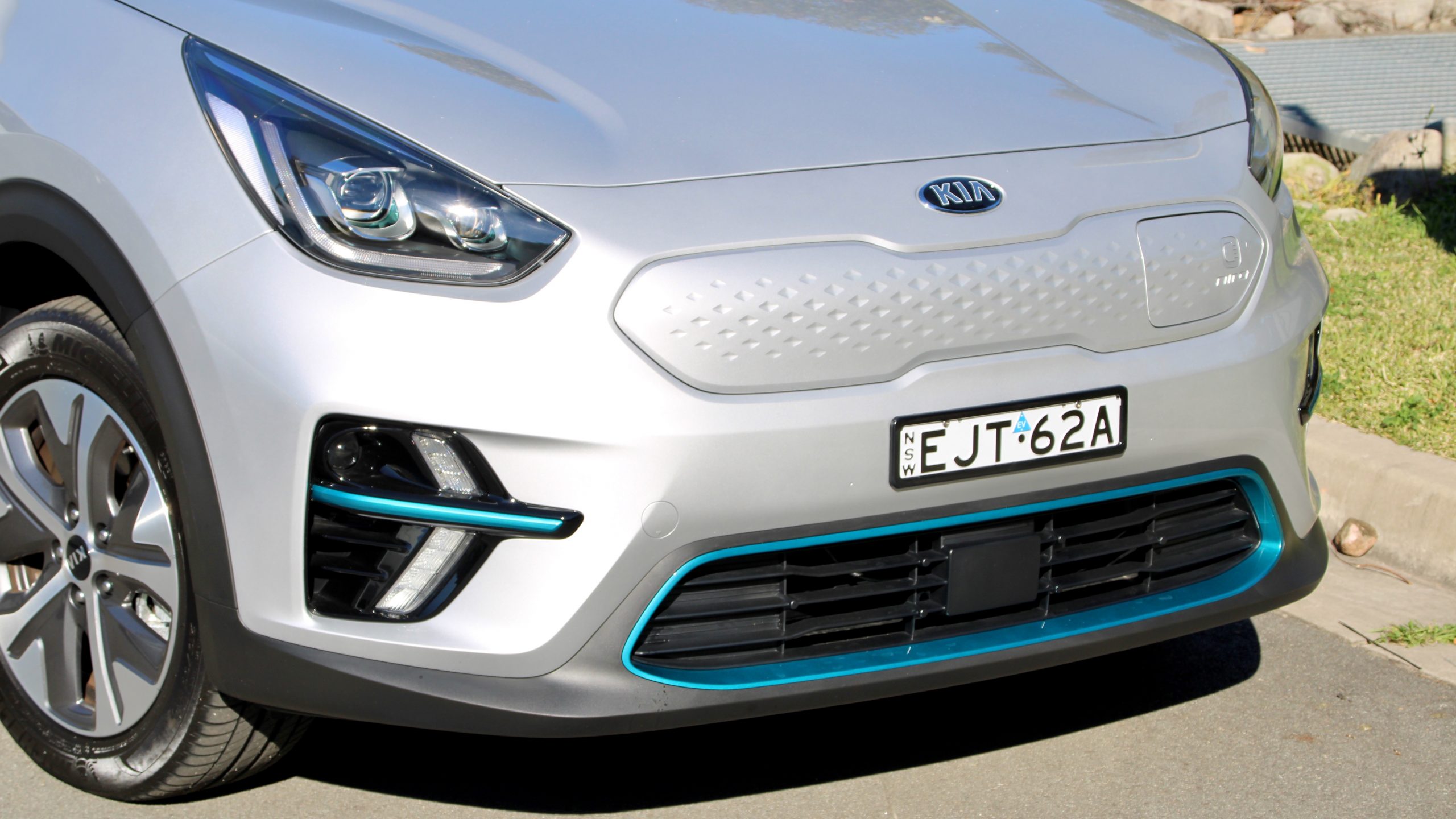
Five years of servicing the e-Niro costs $1,728 ($345 per service) and its service intervals are once yearly/every 15,000km. Servicing the Hyundai Kona Electric over the same time period costs $1,445 ($289 per service), which is $317 less than the Kia. The Mazda MX-30 E35 will set owners back $1,285 (an average of $257 per service) over the same period and the Nissan Leaf will cost $1,413 (an average of $282 per service).
The 2021 Kia e-Niro Sport DiscoverAuto Rating: 7.4/10
We welcome all forms of electric cars in Australia and the 2021 Kia e-Niro Sport a solid addition to the market. While it’s not bang up to date – its 2016 vintage shows in some ways – it’s a generally pleasant and well-rounded car that deserves to be on your test drive list. It offers a good driving range, fun performance, a well-sorted ride and handling balance, a quality interior with good available technology and it’s also a really good size for urban life.
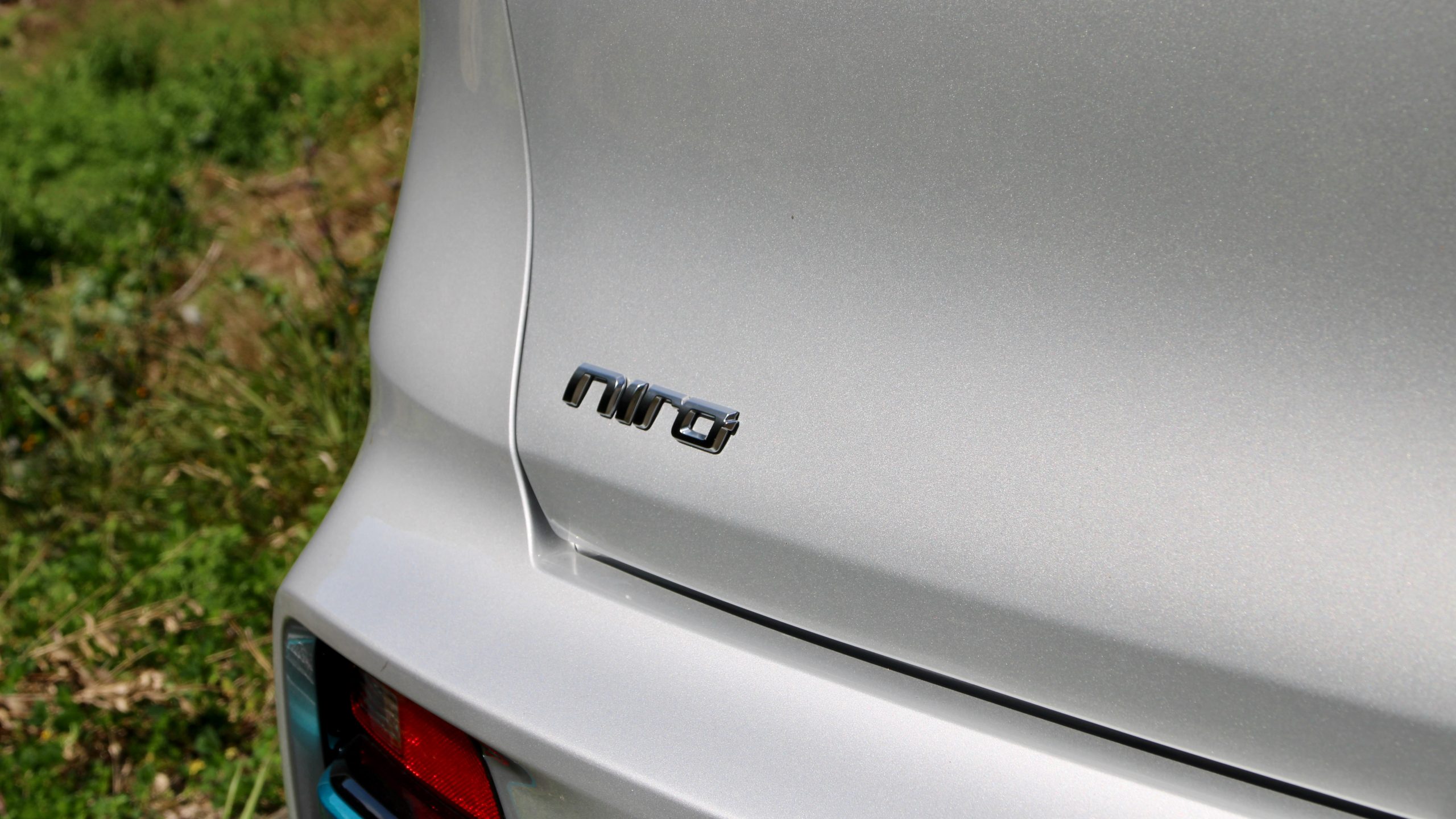
Our main criticisms are aimed at the car’s value equation in Australia. At over $70,000 drive away, it’s not cheap to buy, and it’s missing some key pieces of equipment as well. It’s also more expensive to service than its Hyundai Kona Electric cousin, and that car is a touch smaller, but it offers a superior value equation and its locally tuned suspension endows it with greater comfort. But as first efforts go, particularly when it was released a few years go internationally, the e-Niro is a positive product and we can’t wait to see what Kia has next in line for electric vehicles.
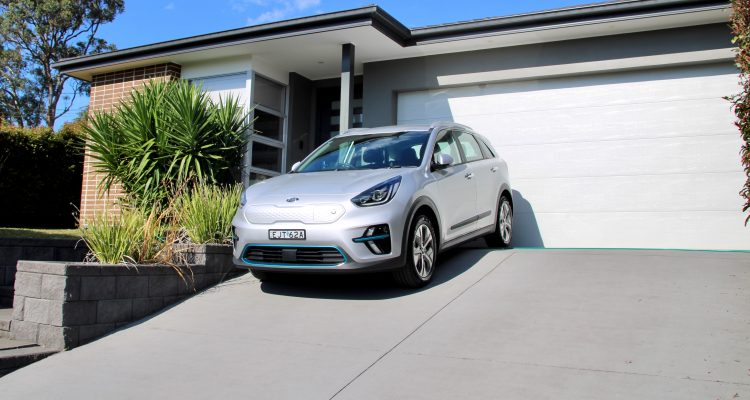
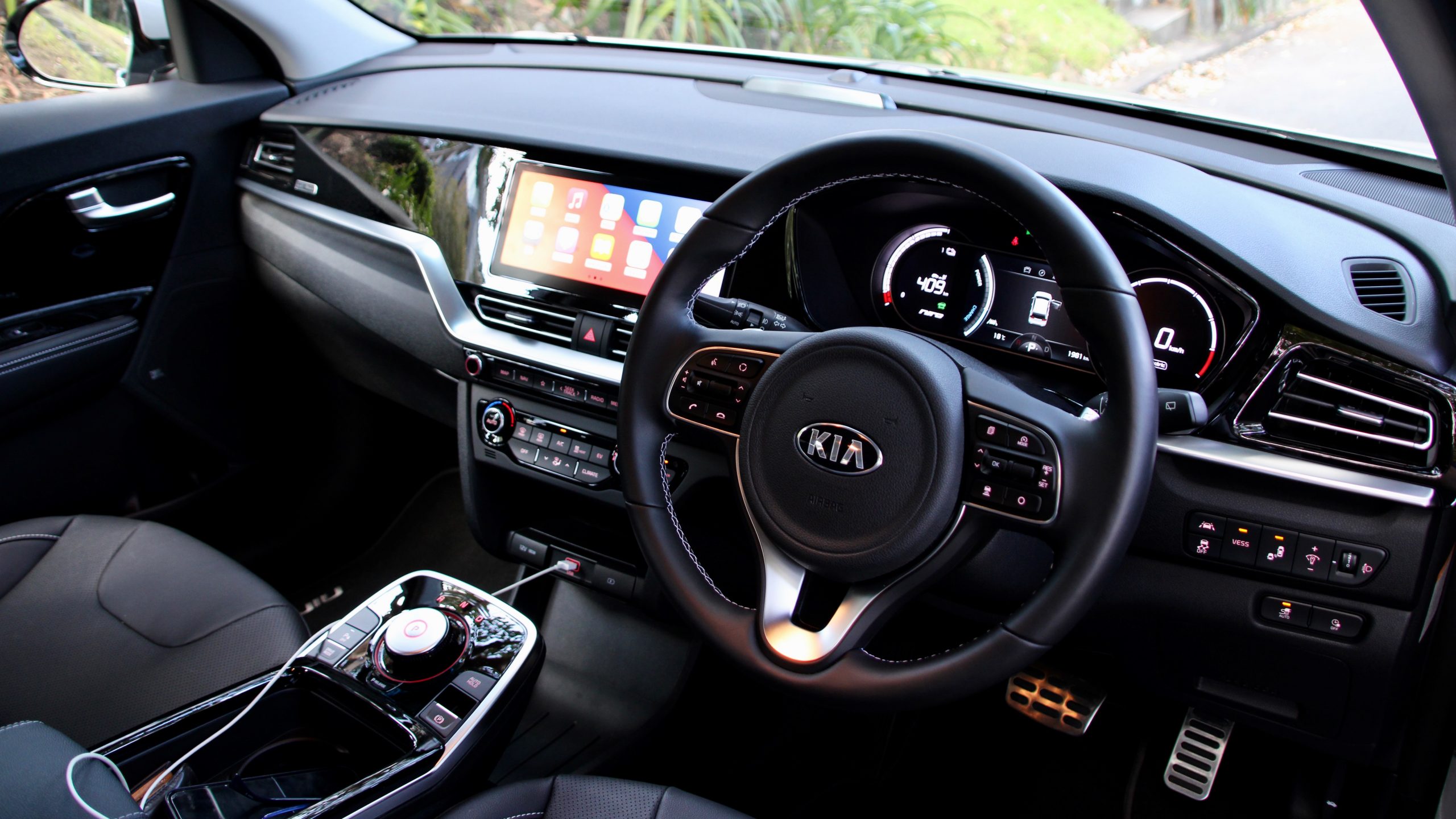
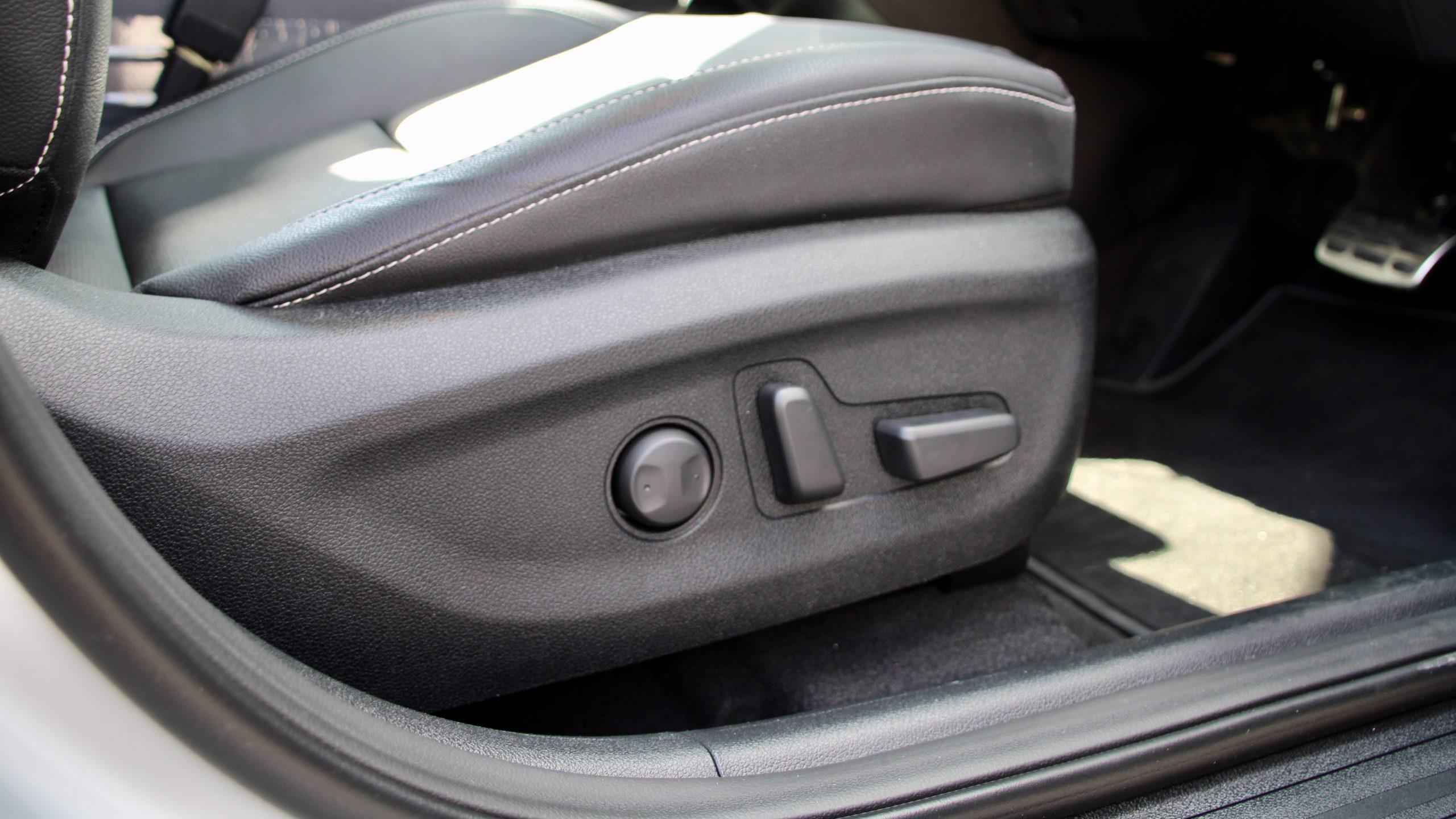
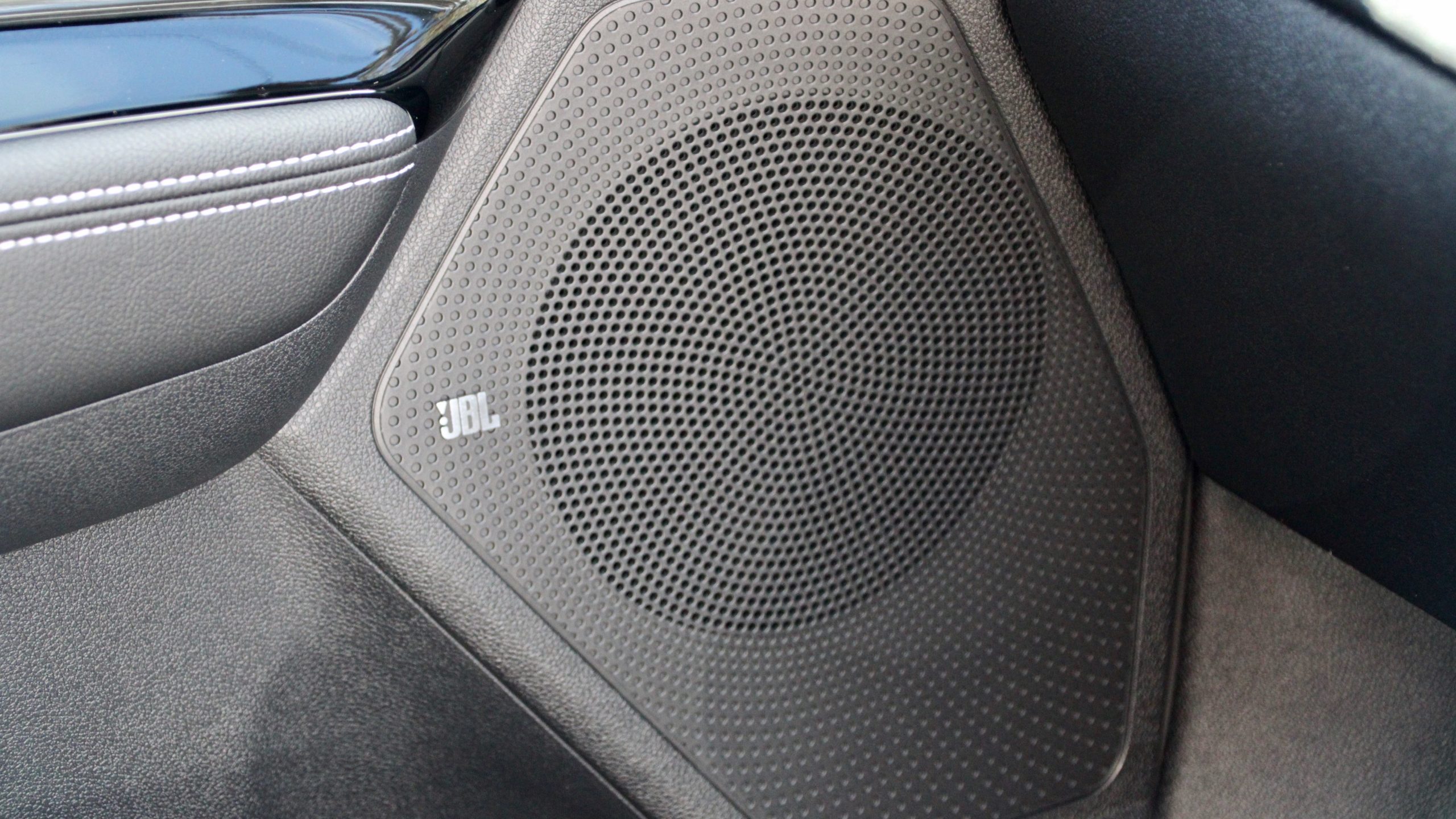
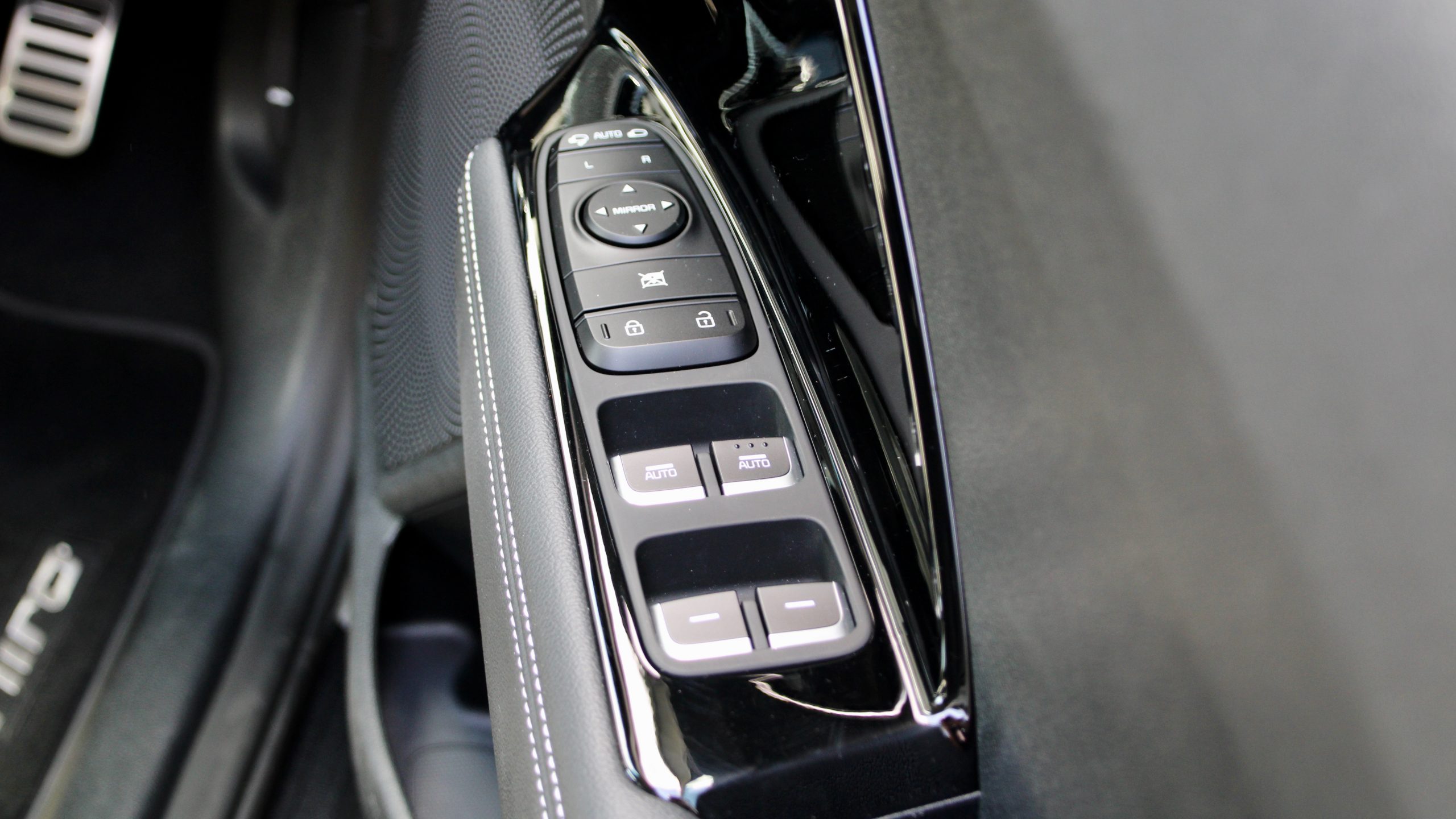
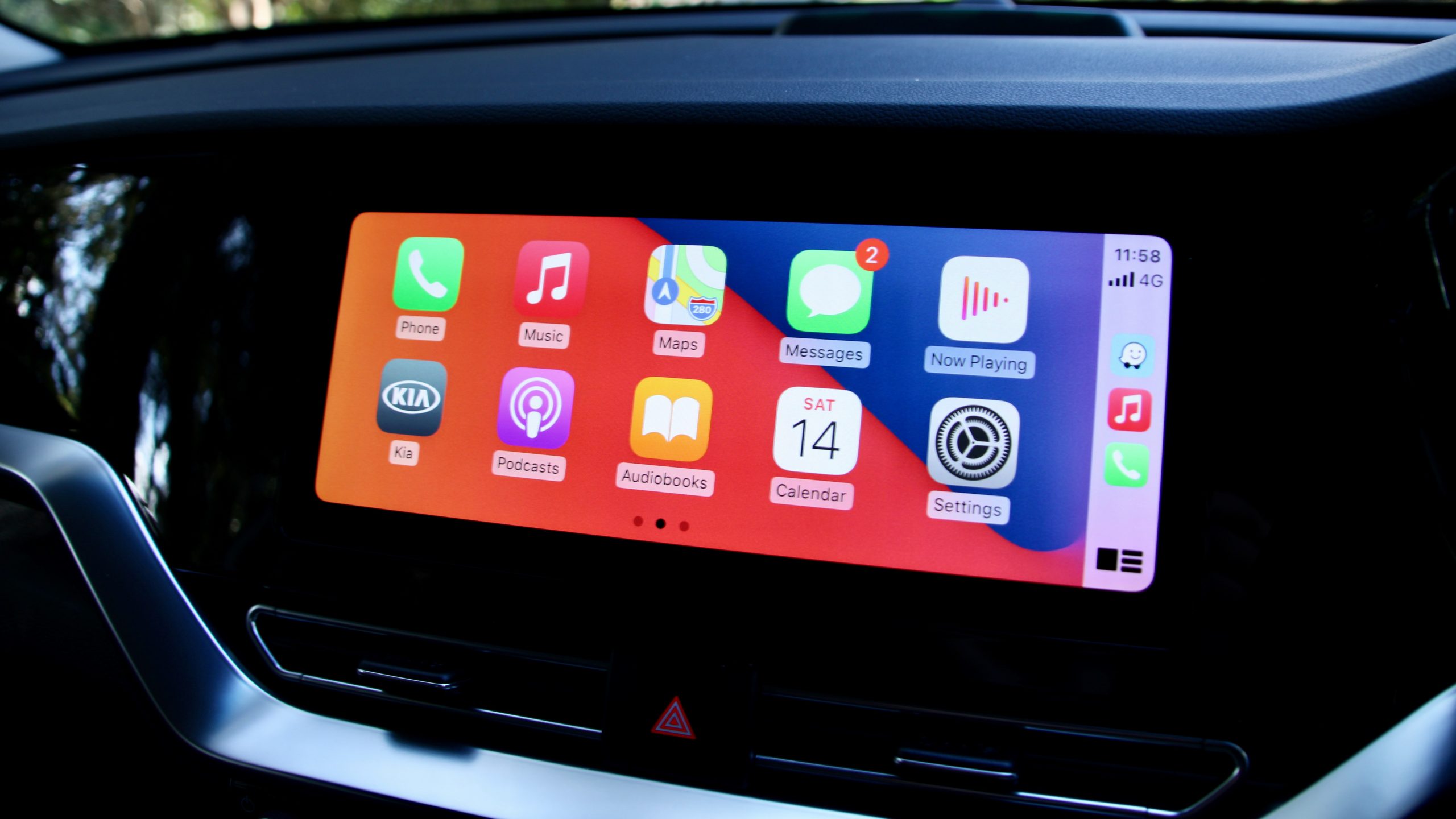
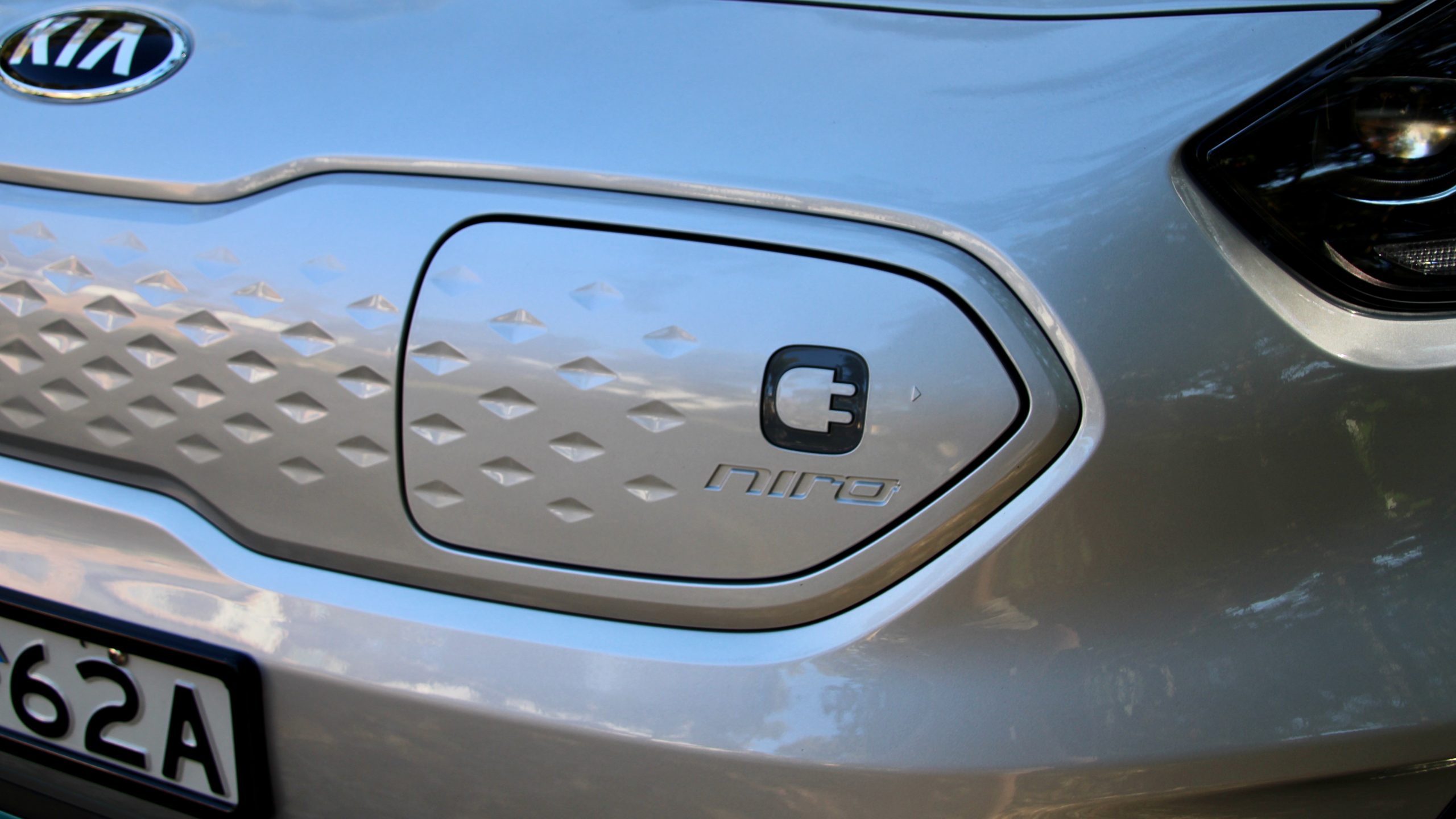
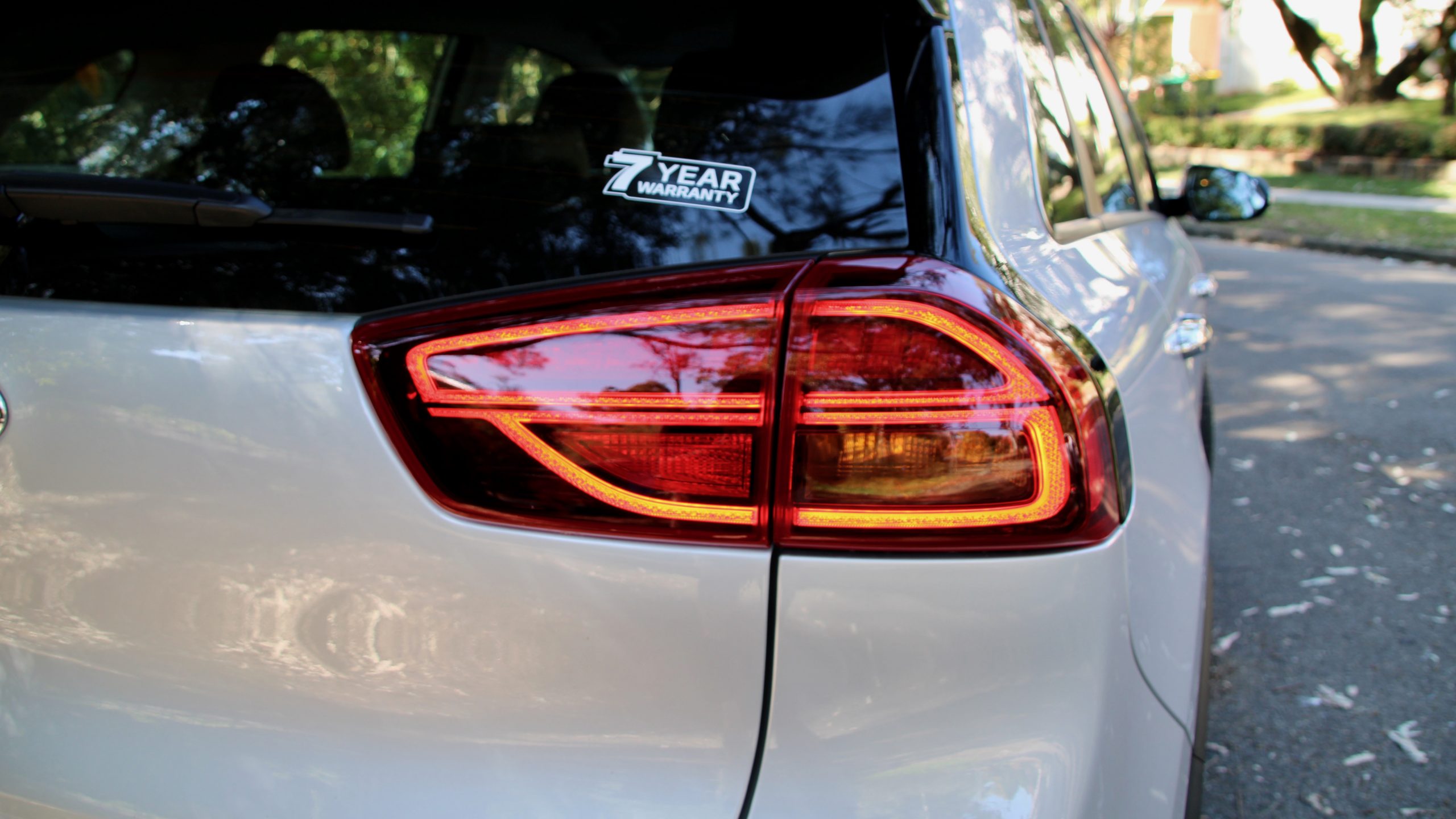
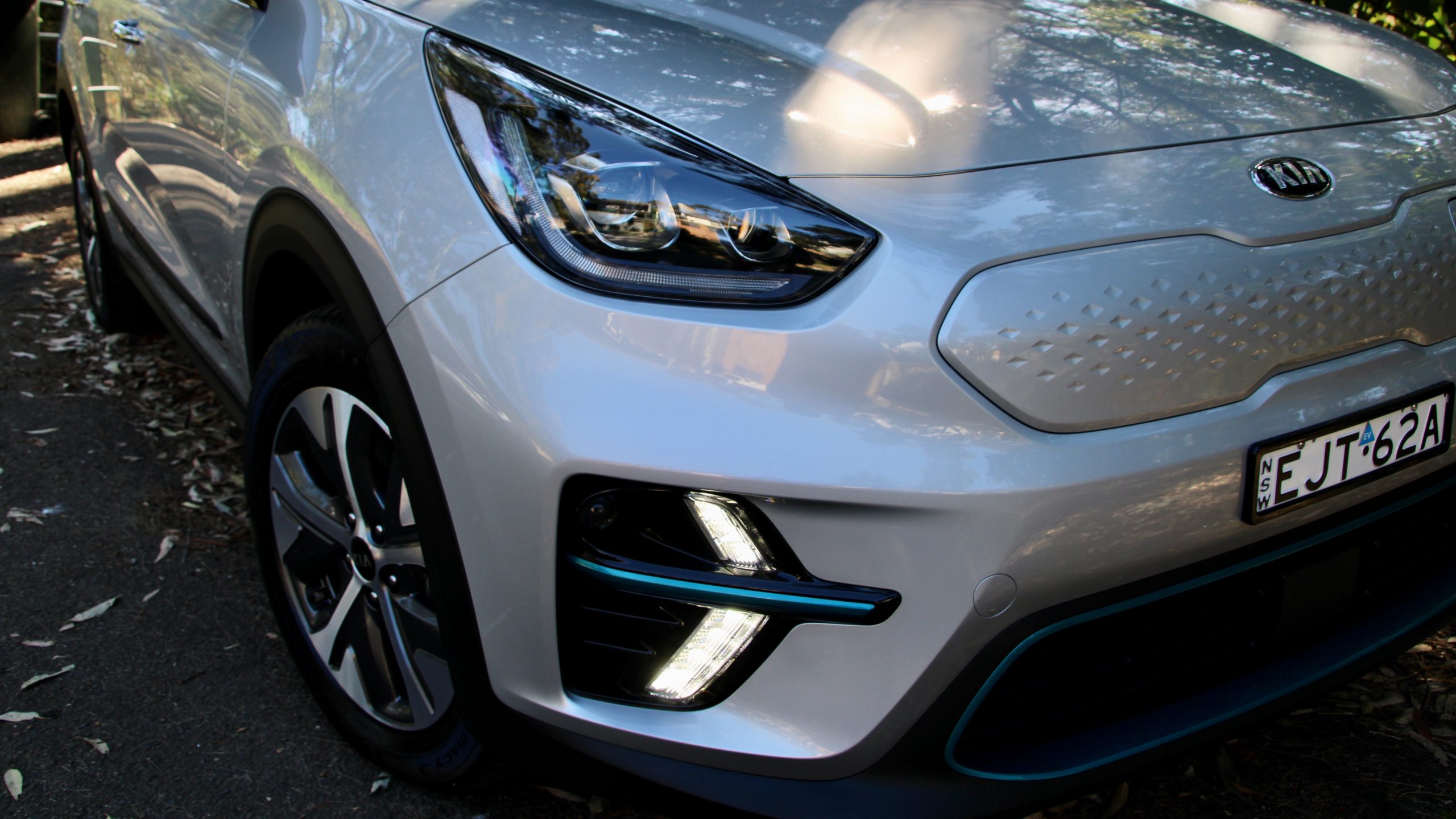
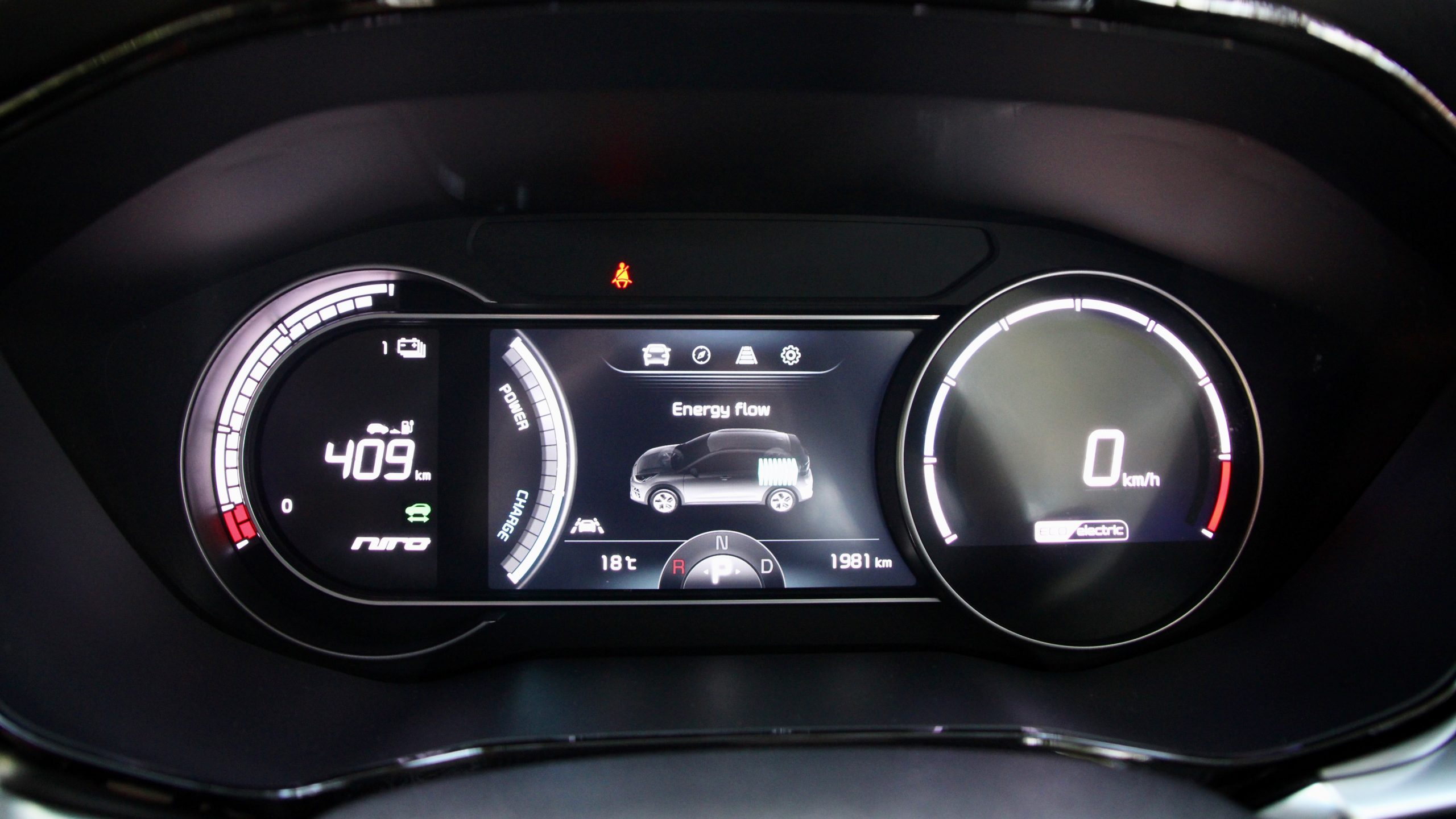
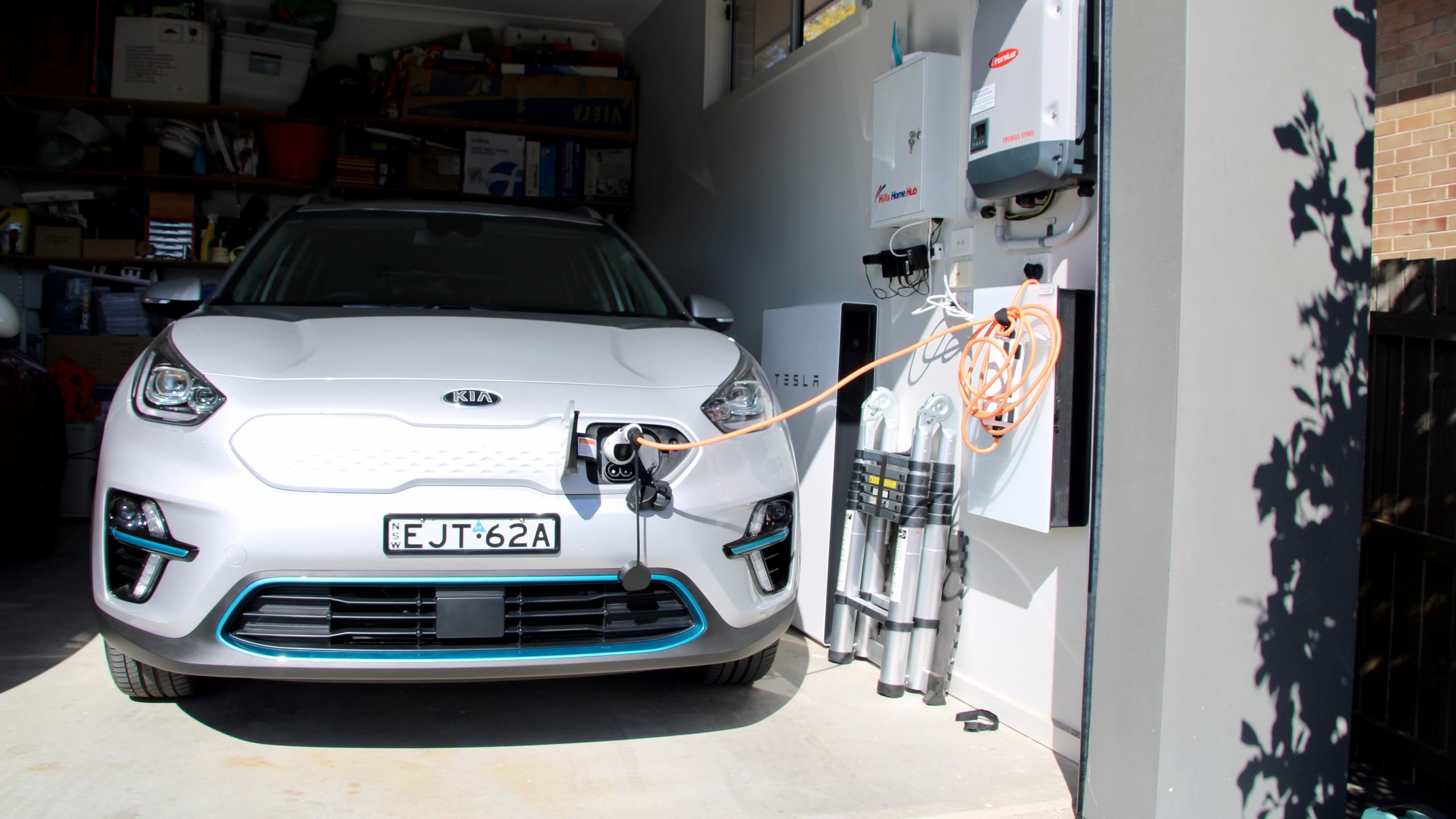
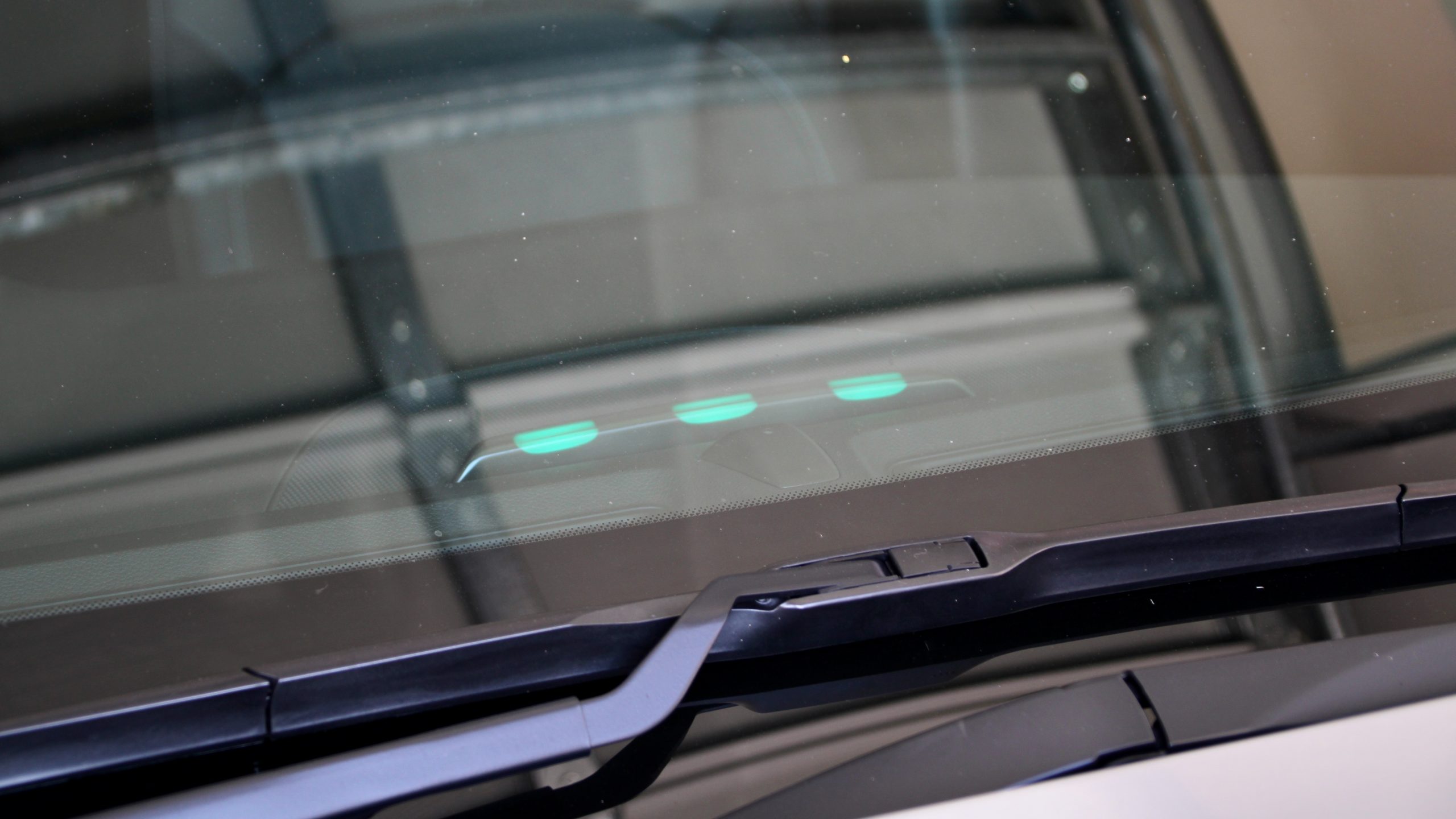
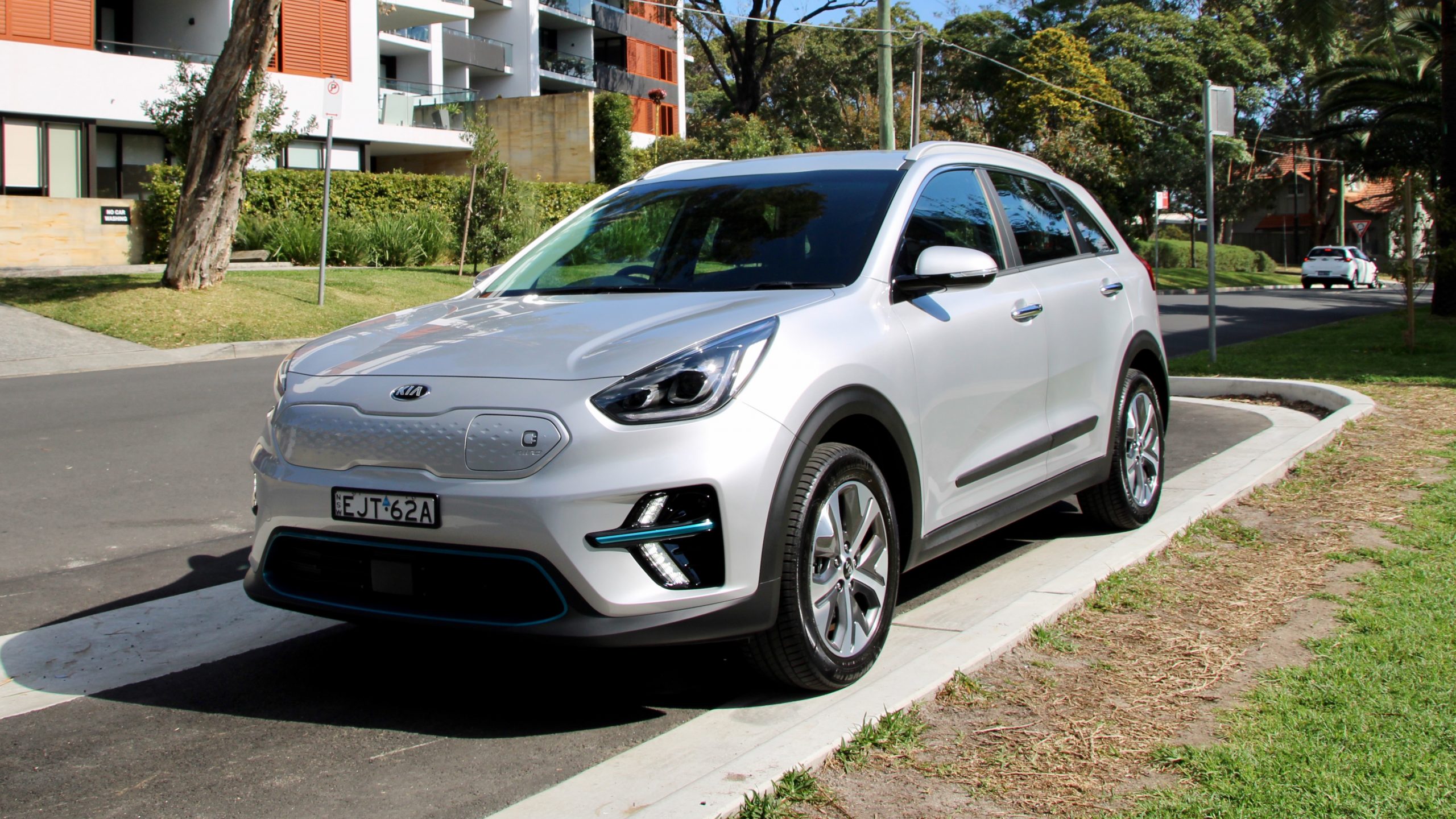
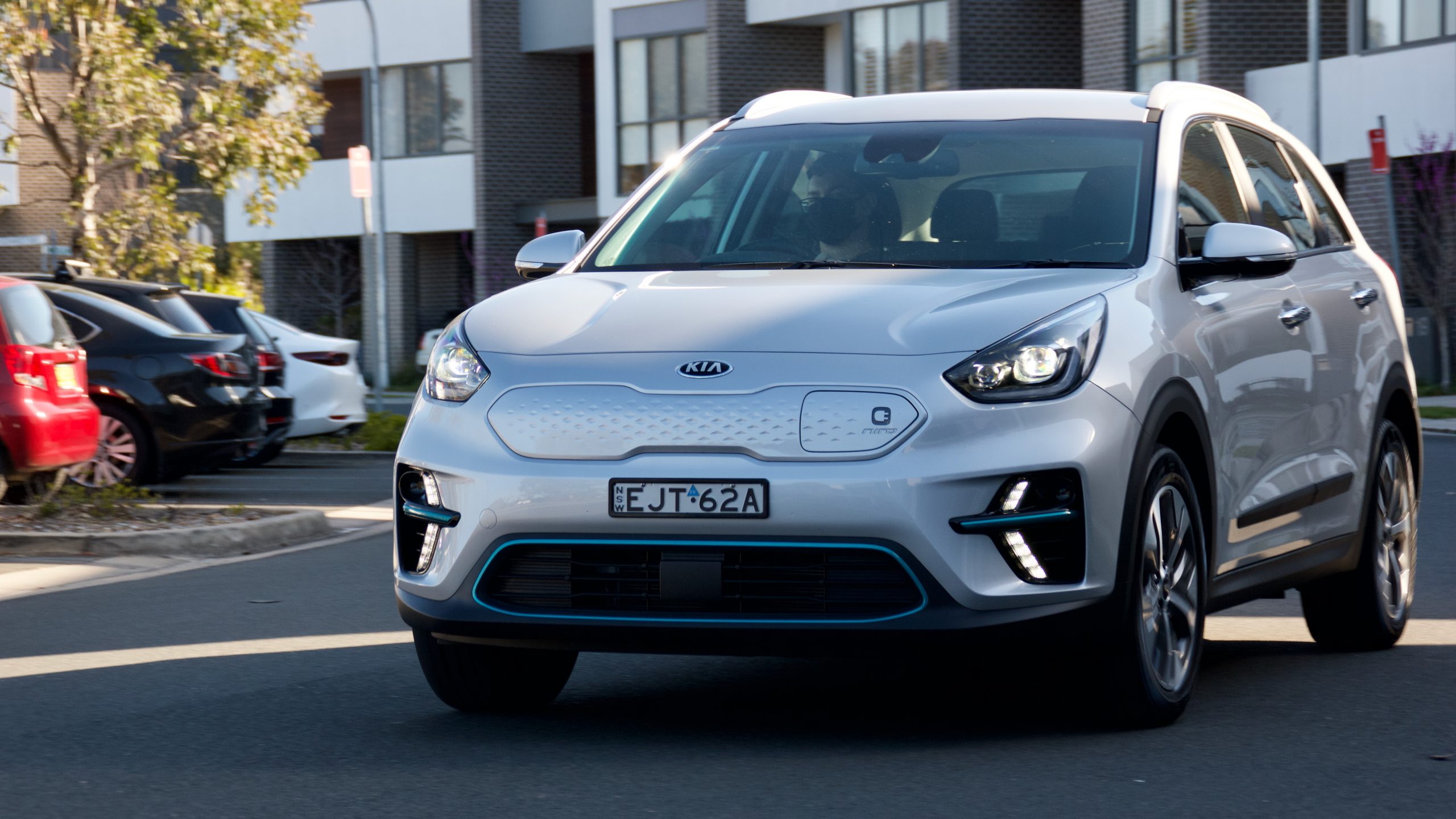
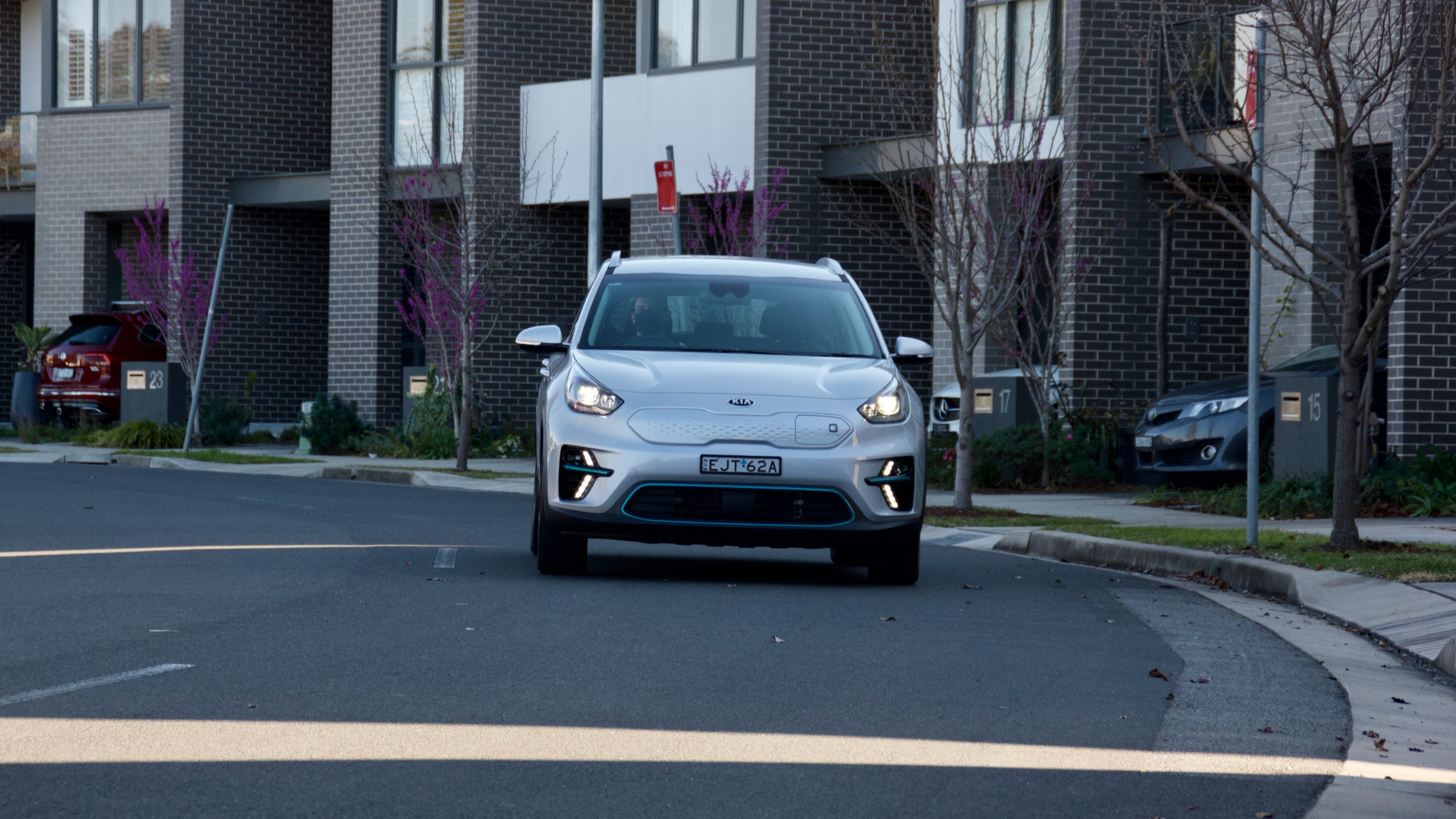
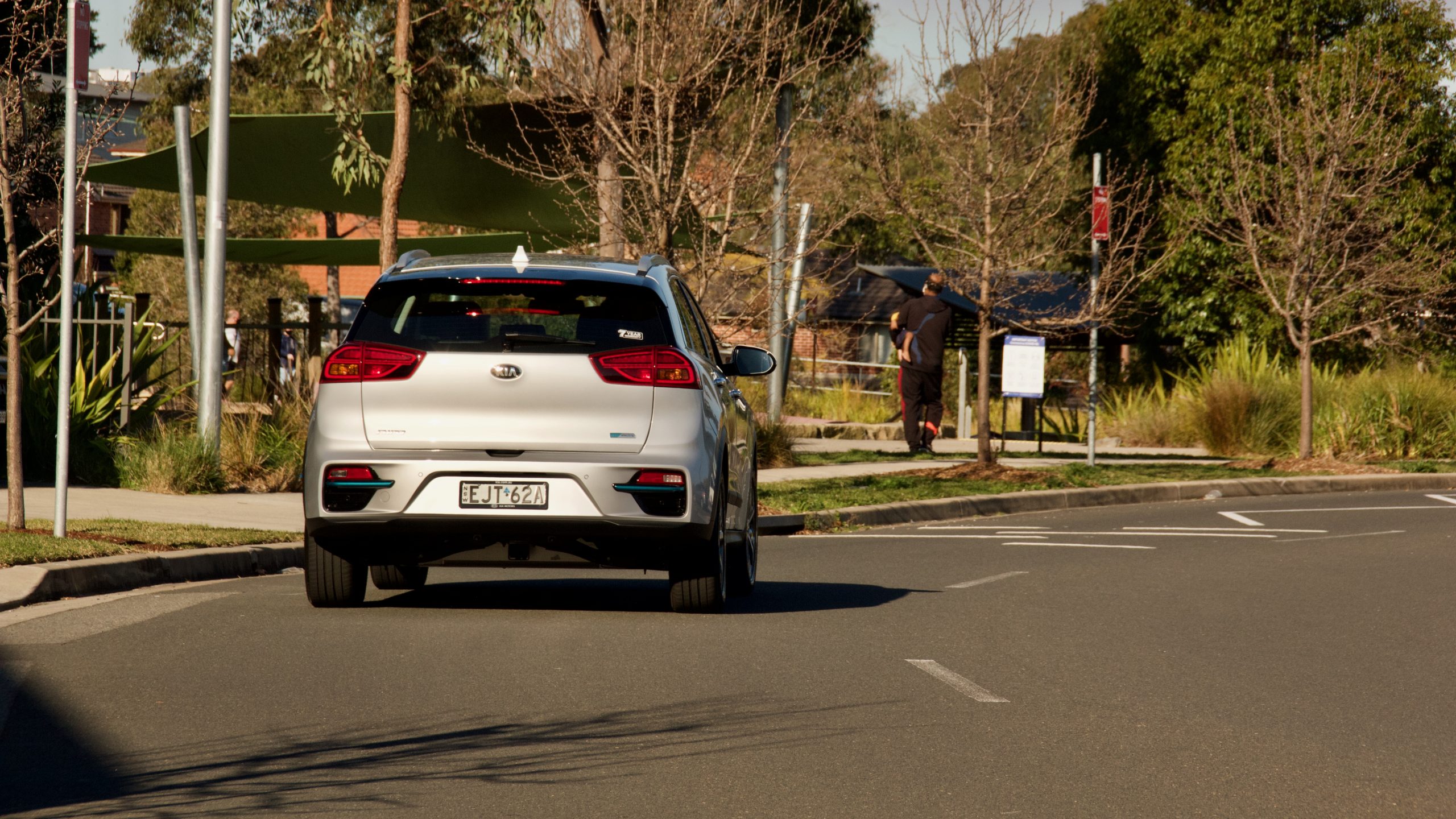
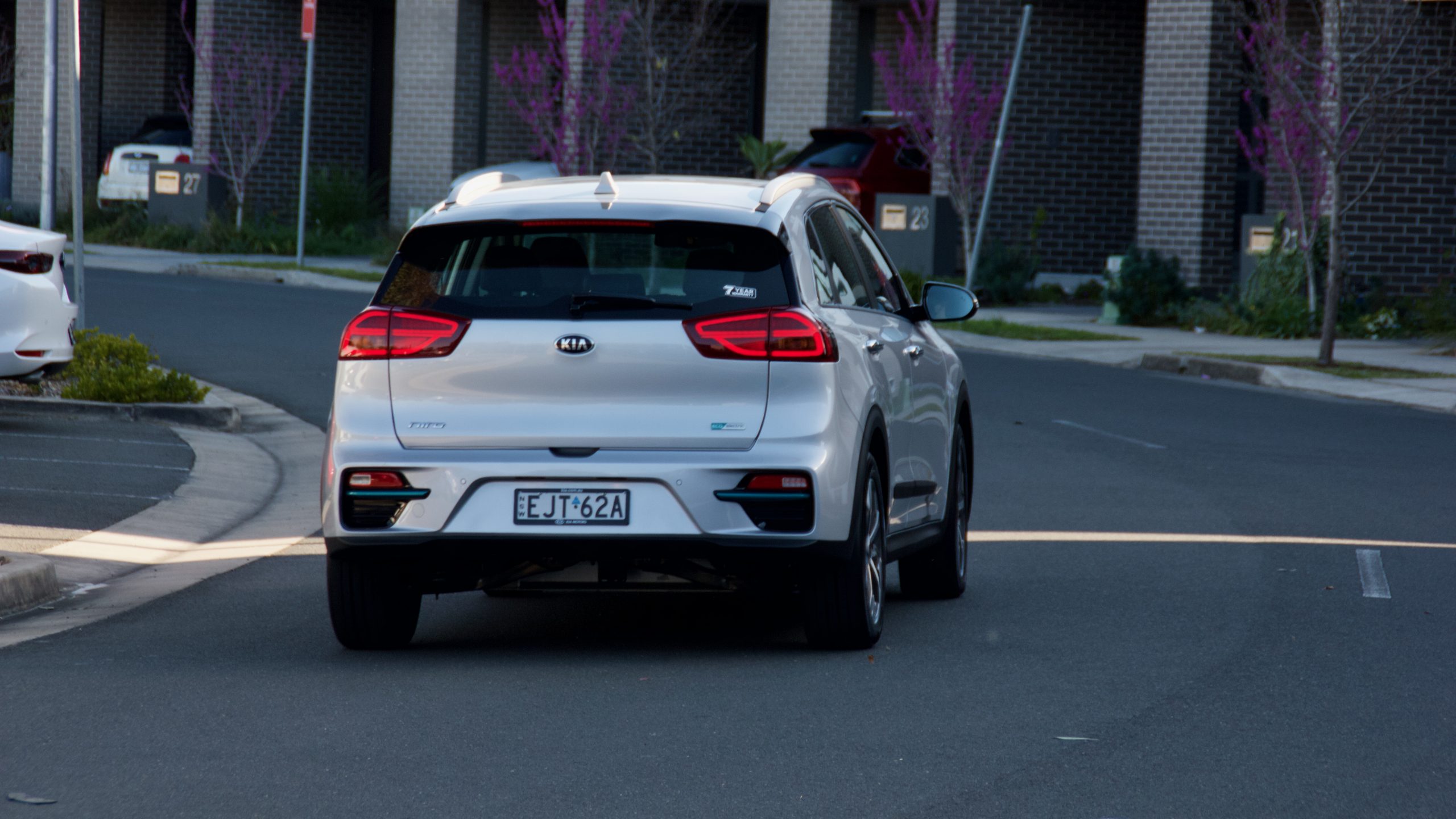
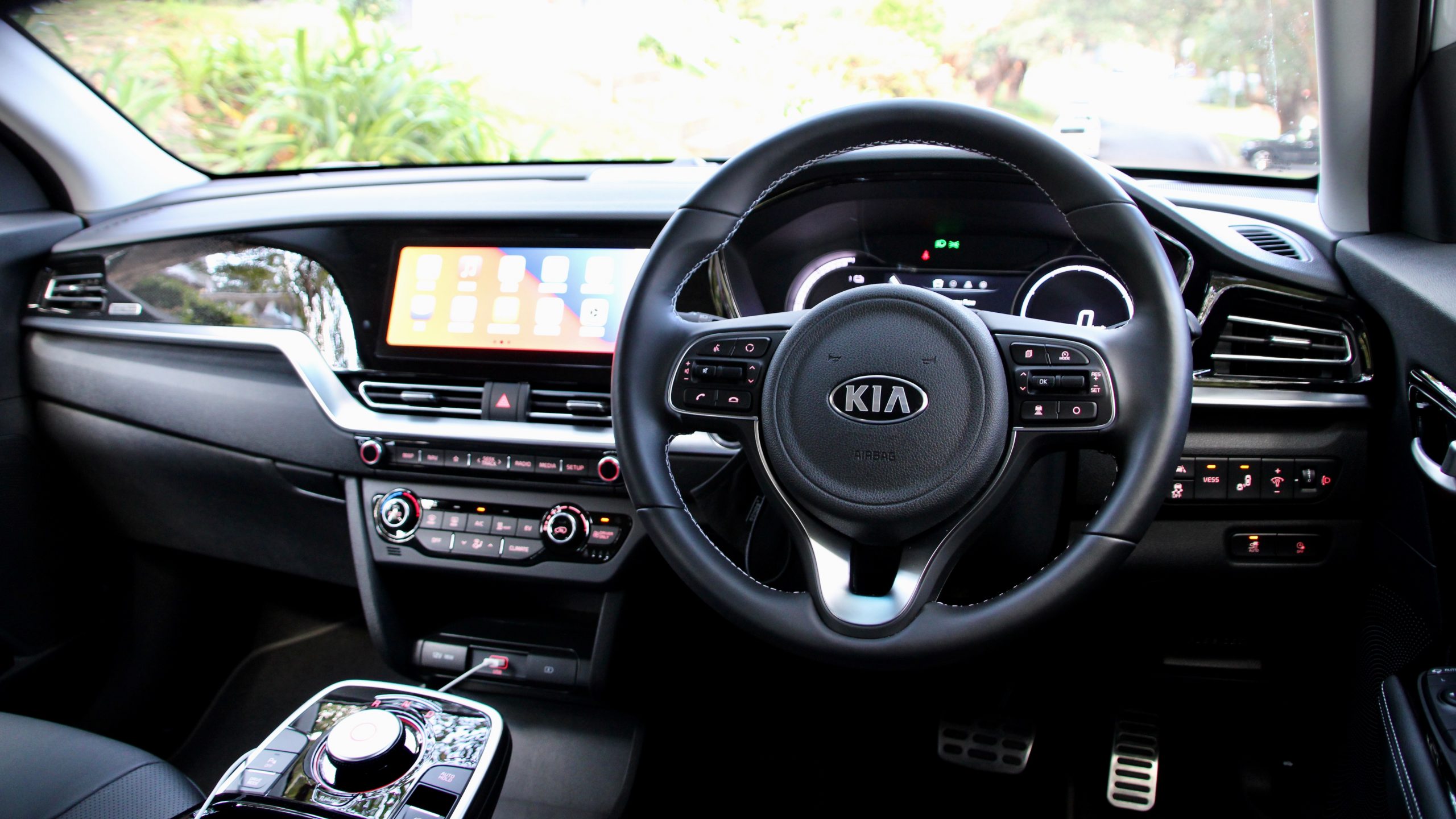
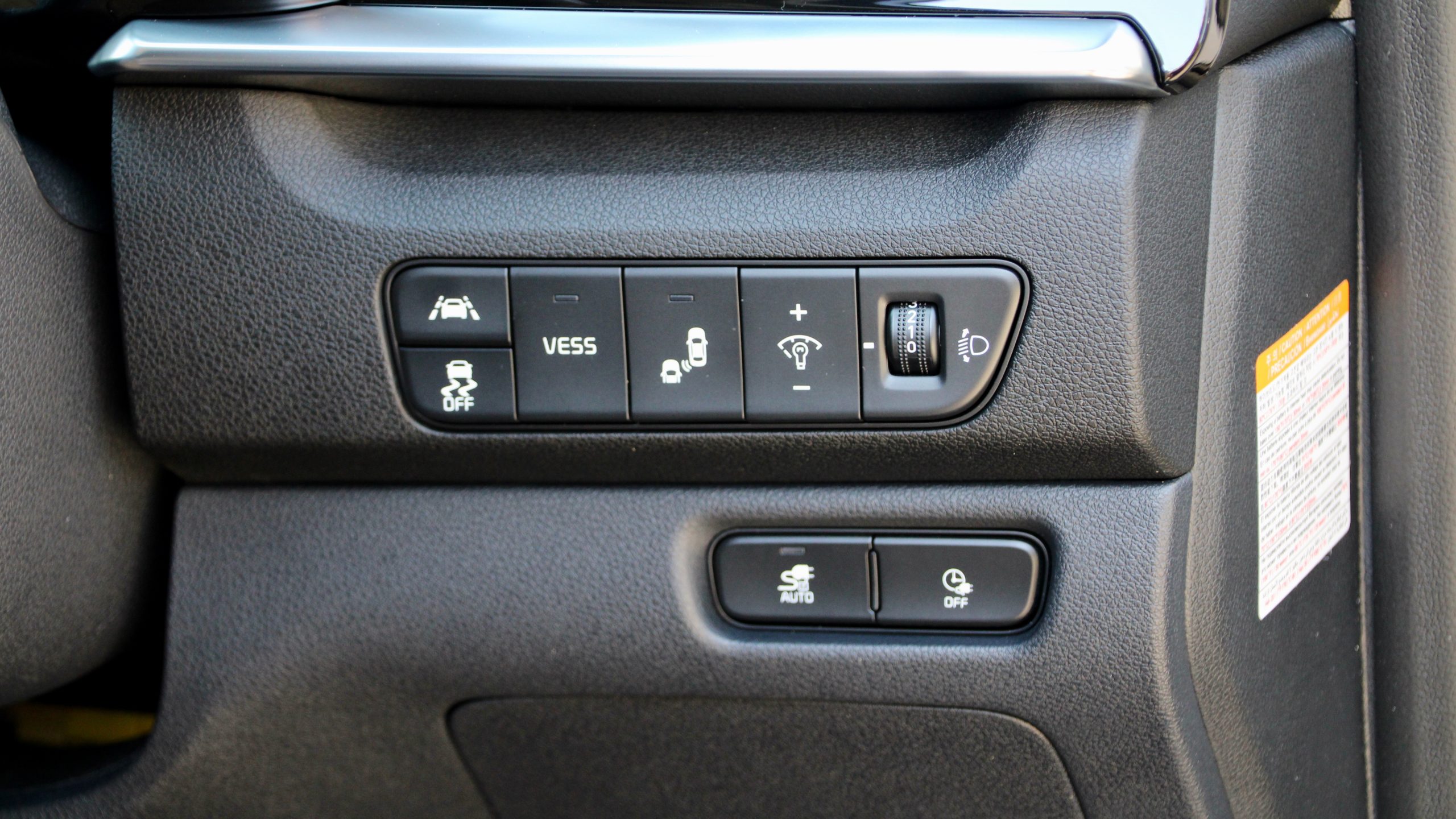
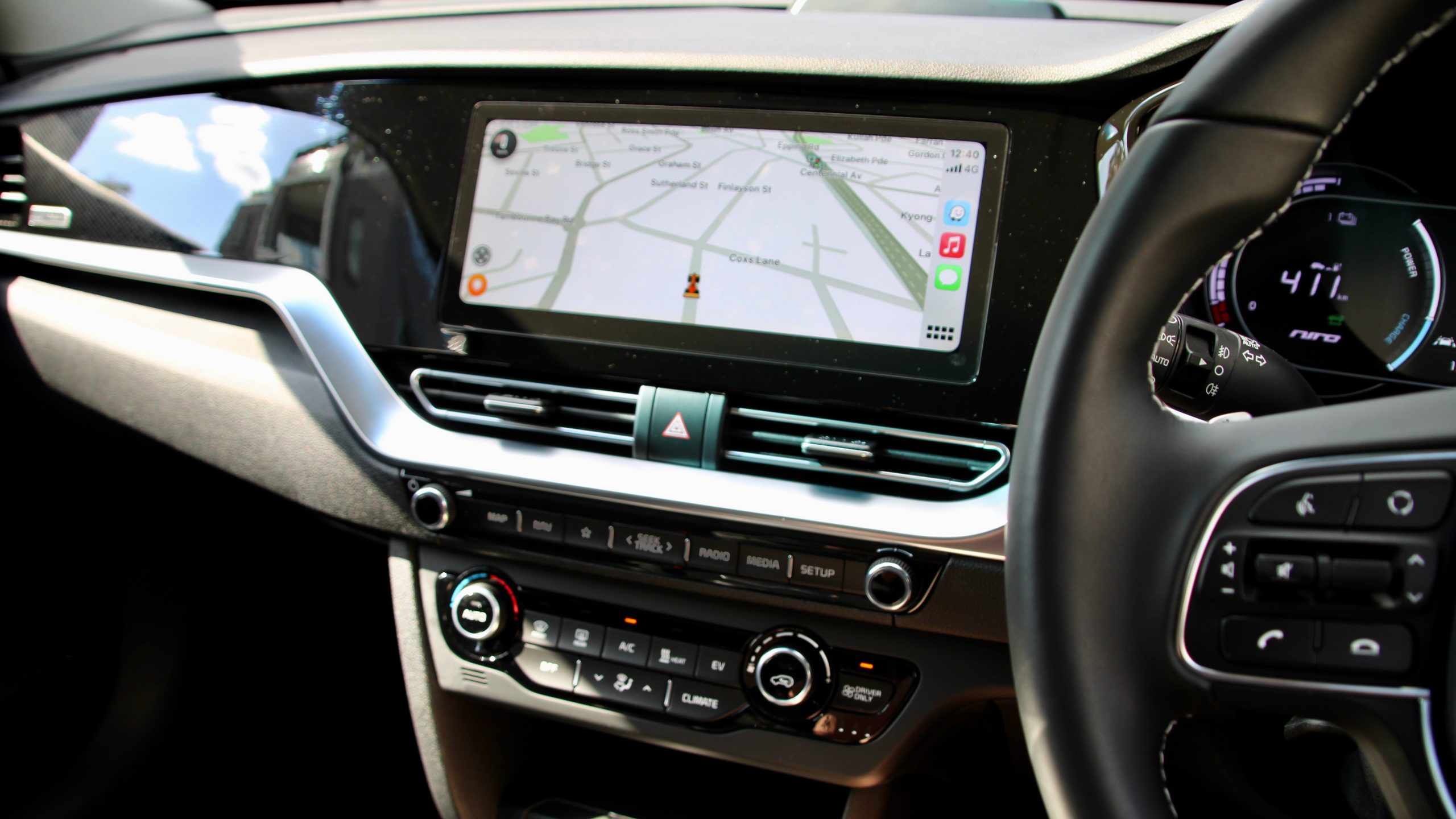
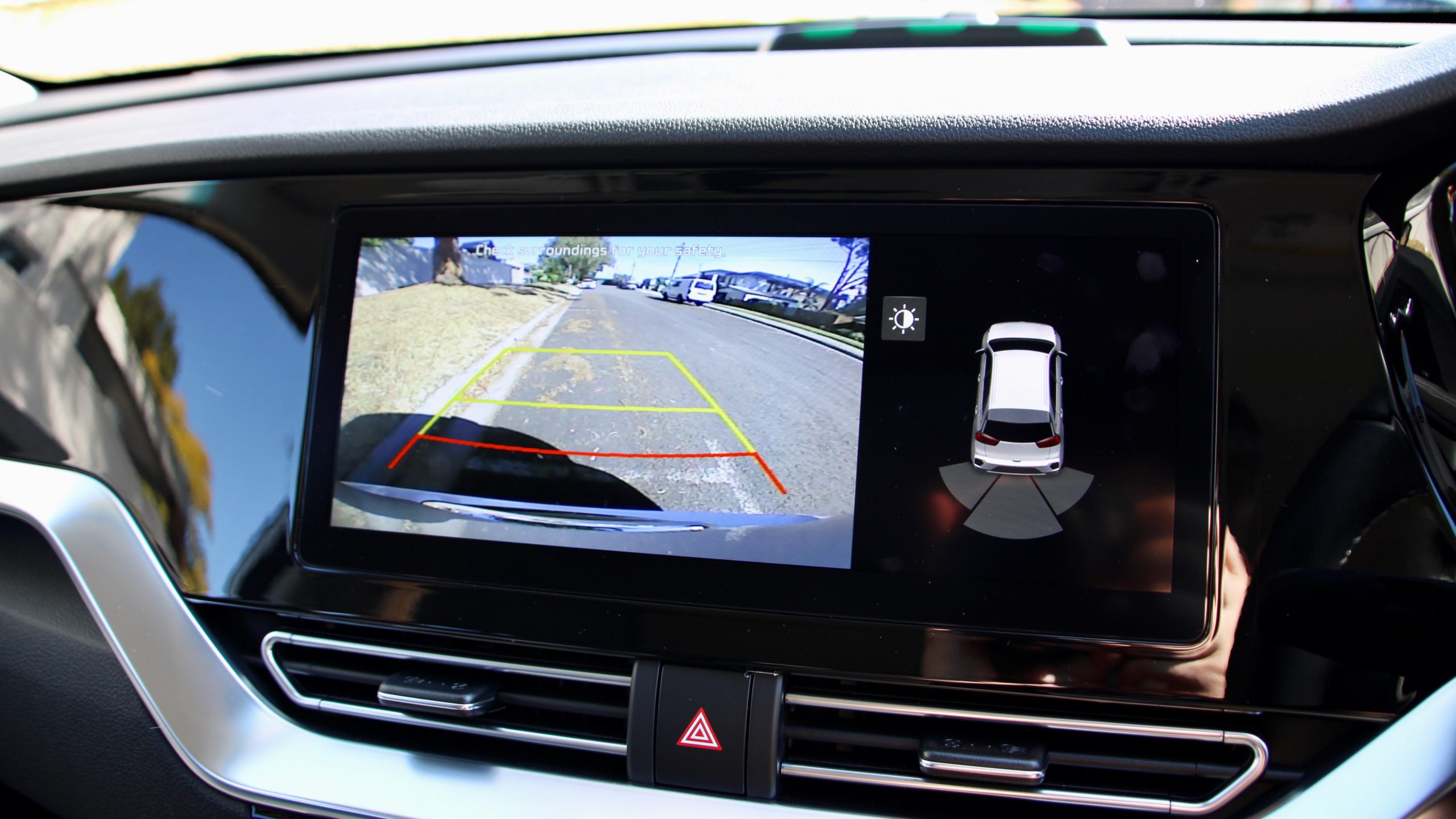
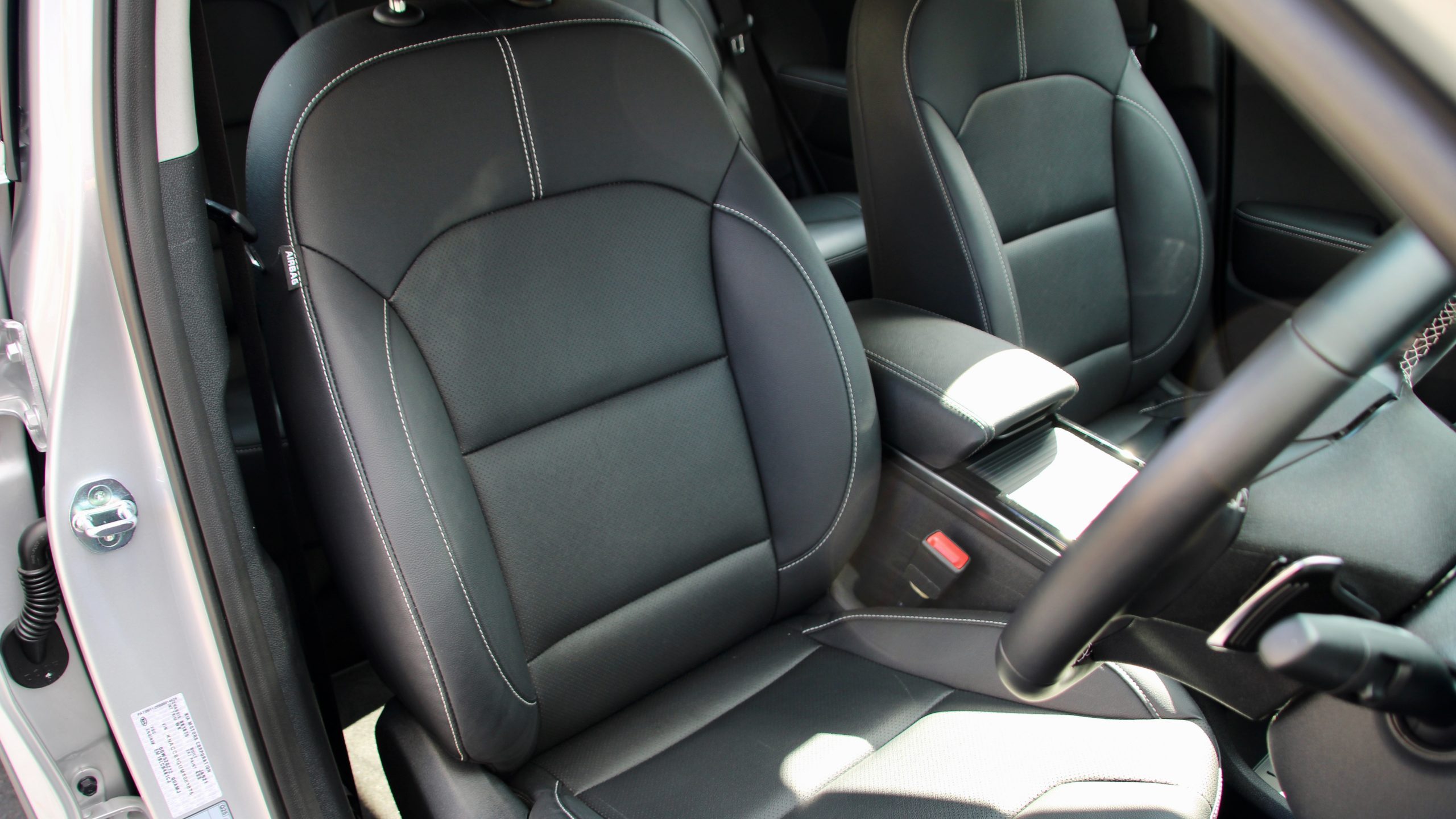
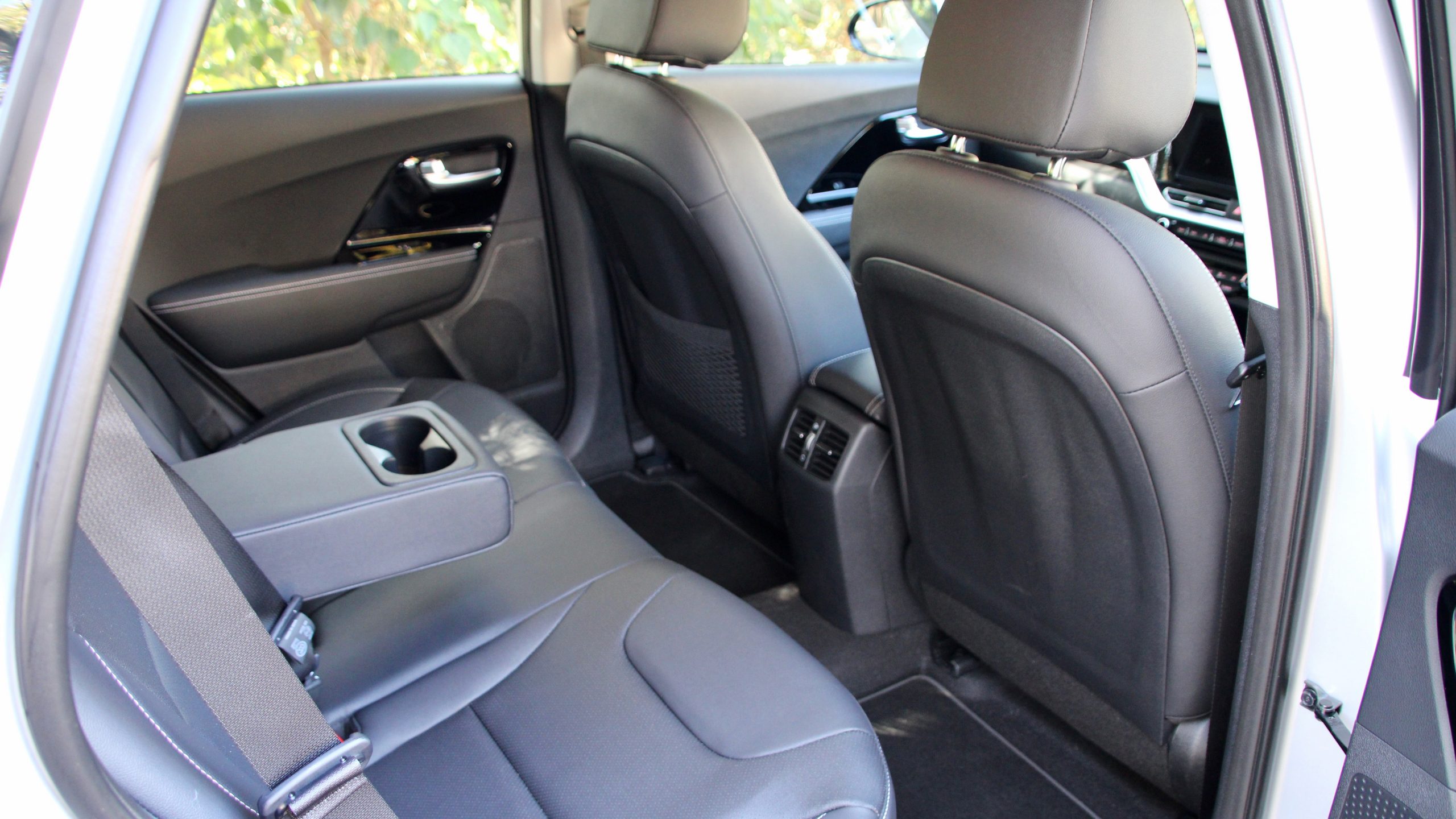
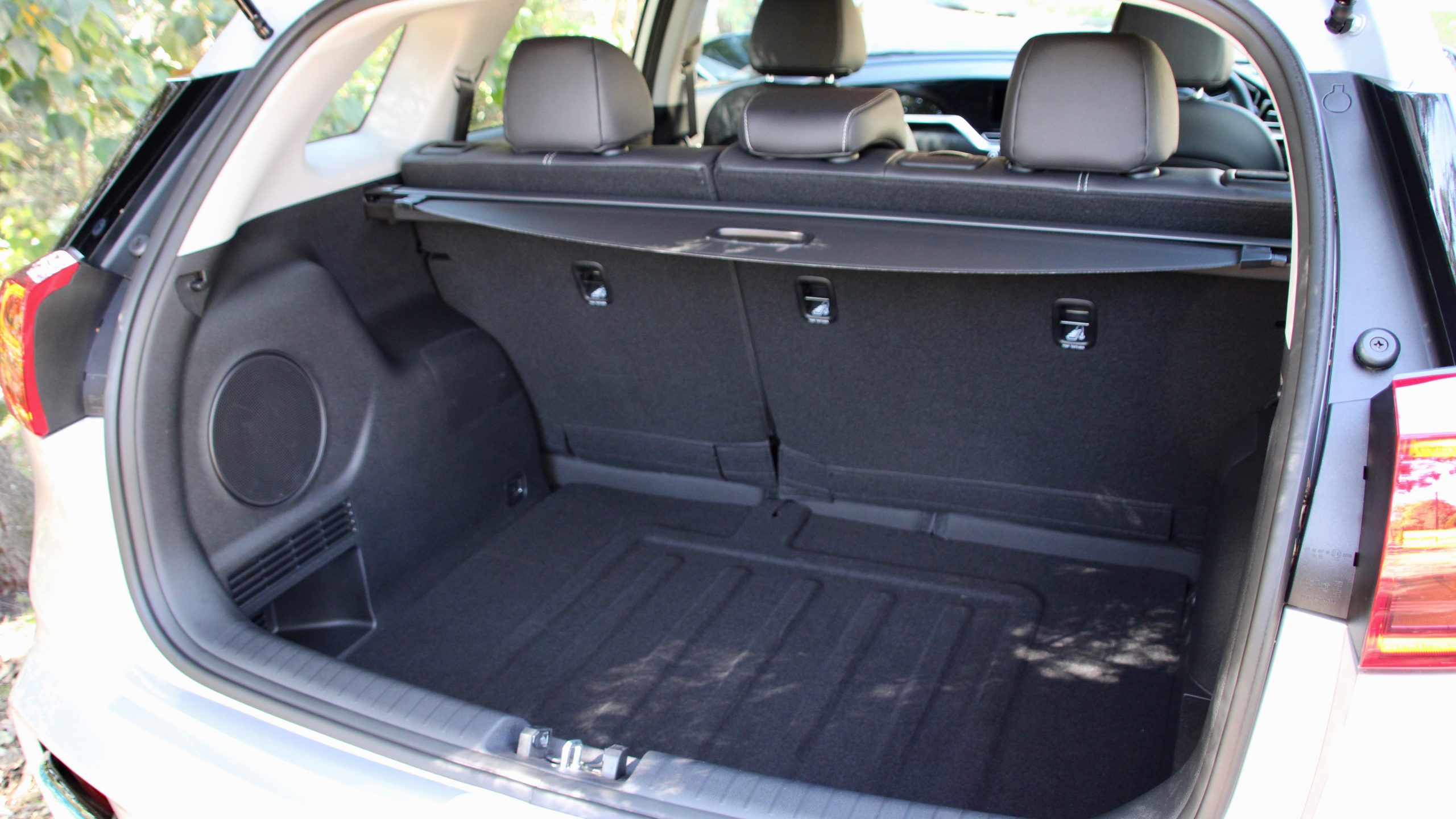
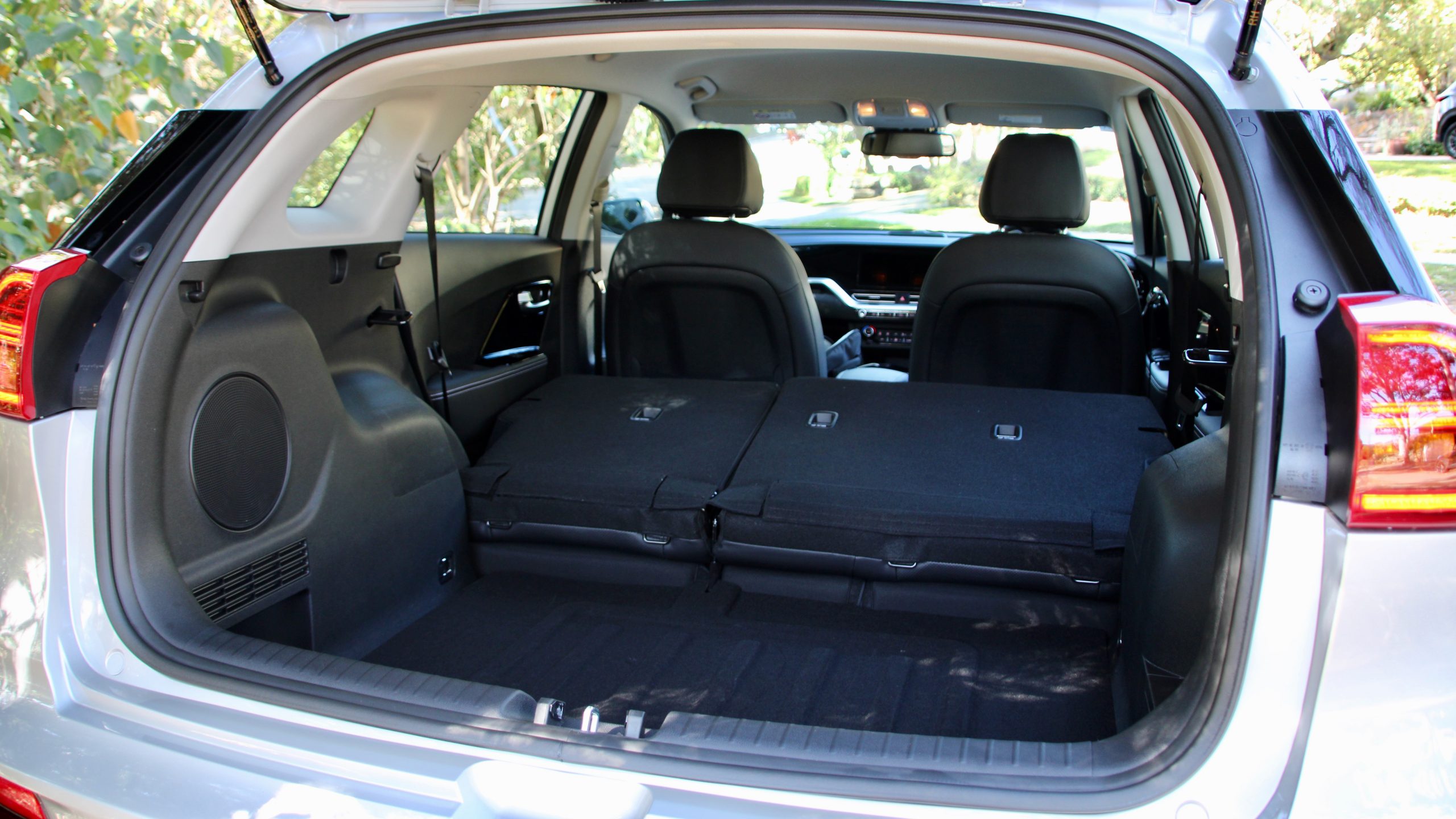
Leave a Reply